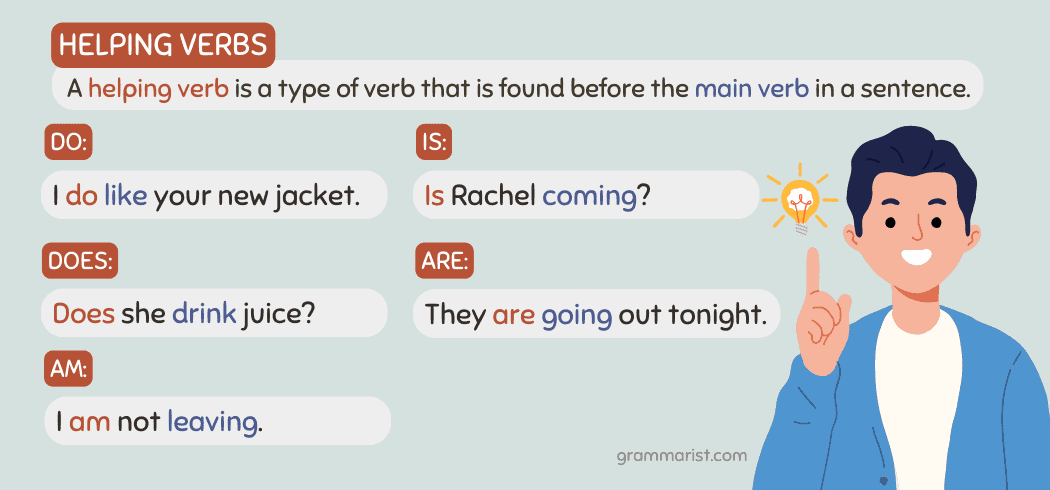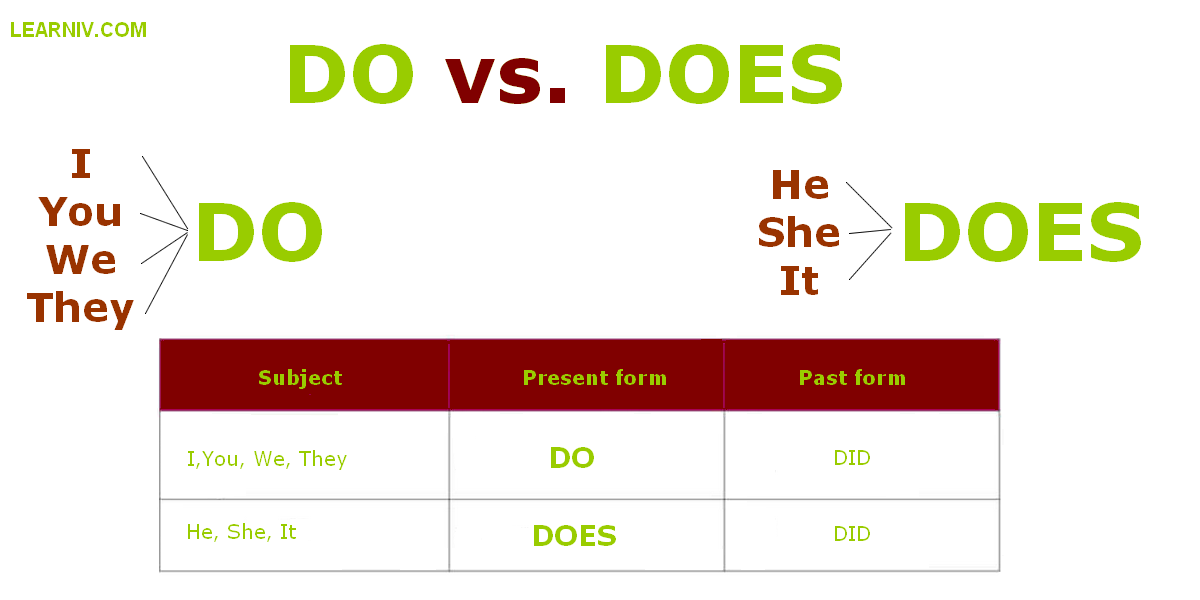Why Your Steering Wheel Shakes: Causes, Solutions, and How to Get Help in Warsaw
Understanding Steering Wheel Shaking: What It Means for Your Vehicle
If you’ve started to notice your steering wheel shaking while driving around Warsaw, it’s not just an annoyance-it’s a sign your vehicle may need attention. Shaking can range from faint vibrations to more severe wobbles, indicating issues from minor to serious. Recognizing the causes and knowing what to do next is crucial for your safety and your car’s longevity.
Common Causes of Steering Wheel Shake
Several mechanical issues can lead to a shaky steering wheel, each with its own symptoms and remedies. Understanding these common problems can help you identify when to seek professional help and avoid costly repairs down the road.
1. Tire Balancing Problems
One of the most frequent causes of steering wheel vibration is unbalanced tires . When tires wear unevenly or are not properly balanced after installation, they can cause vibrations that travel up the steering column. These vibrations typically become noticeable at highway speeds and may go away at higher or lower speeds. If you recently replaced or rotated your tires and the shaking started soon after, it’s likely a balancing issue. Regular tire balancing is essential for a smooth ride and to prevent unnecessary wear on your suspension components [1] .
Action Steps:
- Check your tire pressure and ensure all tires are evenly inflated.
- Inspect tread wear for uneven patterns.
- If the problem persists, schedule a tire balancing or rotation service with a qualified mechanic in Warsaw.
2. Wheel Alignment and Suspension Issues
When your vehicle’s wheels are out of alignment, steering wheel shaking can occur, especially at higher speeds. Alignment issues are often caused by hitting potholes, curbs, or through normal driving wear. Symptoms may include your car pulling to one side or uneven tire wear. A misaligned suspension can add to the problem, increasing vibrations and shortening the lifespan of your tires [3] .
Action Steps:
- Observe if the shaking gets worse when driving straight or when cornering.
- Visit a reputable auto shop for an alignment check and suspension inspection.
3. Brake System Problems
Warped brake rotors are a leading cause of steering wheel vibration, particularly when braking. Over time, brake rotors can warp due to excessive heat from frequent braking or worn brake pads. When this happens, the brake pads grip an uneven surface, causing shaking through the steering wheel. If the shaking is only noticeable when you apply the brakes, the rotors or calipers may be the culprits. Sticking brake calipers can also create similar symptoms, leading to uneven pressure and vibration [3] .
Action Steps:
- Pay attention to when the shaking occurs-only when braking, or all the time.
- If it’s brake-related, have your rotors measured and inspected by a certified technician.
- Address brake issues immediately to maintain safe stopping power.
4. Wheel Bearing, Axle, and Suspension Component Failures
Less commonly, vibrations can be traced to damaged wheel bearings, bent axles, or worn suspension components . These issues may become apparent after a collision or hitting a road hazard. Symptoms can include sudden jerks in the steering wheel, noises when turning, or vibrations that worsen with speed. Faulty wheel bearings or suspension parts can make your vehicle unsafe to drive and should be addressed promptly [2] .
Action Steps:
- Listen for grinding or knocking sounds, and note if the shaking increases when cornering.
- Have a trusted shop inspect your vehicle’s suspension and steering system thoroughly.
5. Tire Damage and Flat Spots
Flat spots on tires, which can occur if a vehicle sits unused for long periods or after an emergency stop, may also cause steering wheel vibrations. Modern anti-lock braking systems (ABS) minimize this risk, but it’s still possible. Inspect your tires for visible flat spots or bulges and replace any damaged tires promptly [4] .

Source: juicyfreeware.weebly.com
Steps to Diagnose and Address Steering Wheel Shake
While some causes of steering wheel shaking are minor and easily fixed, others require professional intervention. Here’s how to approach the problem:

Source: hoodmemorial.org
- Start with a Visual Inspection: Check all tires for visible damage, low pressure, or uneven wear. Look for missing wheel weights or bent rims.
- Note the Circumstances: Record when the shaking occurs-at certain speeds, while braking, or during turns. This information helps your mechanic pinpoint the cause quickly.
- Rule Out Simple Fixes: Inflate all tires to the recommended pressure, and if possible, rotate the tires to see if the shaking changes or improves.
- Seek Professional Help: If the problem persists, schedule an inspection with a trusted auto repair shop in Warsaw. Mention any recent tire or brake work and describe the symptoms in detail.
Finding Reliable Automotive Services in Warsaw
To resolve steering wheel shaking, you’ll need an experienced mechanic with the right diagnostic tools. In Warsaw, you can:
- Search for certified auto repair shops with strong customer reviews using local business directories or popular review sites.
- Contact your vehicle manufacturer’s authorized service center if your car is under warranty or you prefer dealership diagnostics.
- Ask friends, family, or local community groups for recommendations on trusted mechanics in the area.
When contacting a shop, describe your symptoms and request a comprehensive steering and suspension check. Be sure to ask for an itemized estimate before authorizing repairs, and inquire about warranties on parts and labor.
What to Expect During a Professional Inspection
A reputable mechanic will begin with a road test, followed by a thorough inspection of your tires, wheels, alignment, suspension, and brakes. They may use balancing machines, alignment racks, and diagnostic tools to identify the source of the vibration. Once the culprit is found, your mechanic will recommend repairs, which might include tire balancing, wheel alignment, brake rotor resurfacing or replacement, or suspension component repairs.
Safety First: Don’t Ignore Steering Wheel Vibrations
Persistent steering wheel shaking can affect your ability to control your vehicle, potentially leading to unsafe driving conditions or further mechanical damage. Addressing the issue promptly helps ensure your safety and protects your investment in your vehicle. Many issues, such as brake or suspension failures, can worsen over time, increasing repair costs and risks. Always prioritize professional diagnosis if you are unsure of the cause.
Tips for Preventing Future Steering Wheel Shake
- Have your tires balanced and rotated regularly, typically every 6,000 to 8,000 miles.
- Schedule annual wheel alignment checks, or sooner if you hit a major pothole or curb.
- Replace worn brake pads and service your braking system as recommended by your vehicle’s manufacturer.
- Keep all suspension components in good condition, and replace worn parts at the first sign of trouble.
- Address unusual noises, vibrations, or handling changes immediately to avoid bigger problems down the road.
How to Access Help in Warsaw
If you’re in Warsaw and need expert diagnosis or repair for your steering wheel shaking:
- Look for ASE-certified auto repair shops and ask specifically about their experience with steering, suspension, tire, and brake systems.
- Bring a detailed description of your symptoms, including when the shaking occurs and any recent repairs or incidents.
- If you have an owner’s manual, reference the maintenance schedule for recommended service intervals.
- If you are uncertain which shop to choose, you can search for “auto repair Warsaw certified” or “steering and suspension service Warsaw” to find reputable options.
- For manufacturer-specific support, contact the nearest authorized dealership for your vehicle brand.
If you are unable to find a verified website for a specific automotive business (such as Boggs Automotive), consider contacting the Warsaw Chamber of Commerce or using reputable review platforms to confirm business credentials before scheduling service. Always verify contact details and service offerings directly by phone or in person when possible.
Key Takeaways
A shaking steering wheel is a sign your vehicle needs attention, most often due to tire, brake, or suspension issues. Prompt diagnosis and repair by a qualified Warsaw auto professional will restore your ride’s safety and comfort. If you’re unsure where to go, use local business directories or manufacturer service centers, and always verify a shop’s credentials before booking.
References
- [1] AutoFair Ford (2023). Steering Wheel Shaking While Driving: Insights and Solutions.
- [2] Greg’s Japanese Auto (2020). 3 Common Causes for a Shaky Steering Wheel.
- [3] Chapel Hill Tire (2023). 5 Causes of Steering Wheel Vibrations.
- [4] Shingle Springs Subaru (2020). 6 Common Reasons Why Your Steering Wheel is Shaking.



